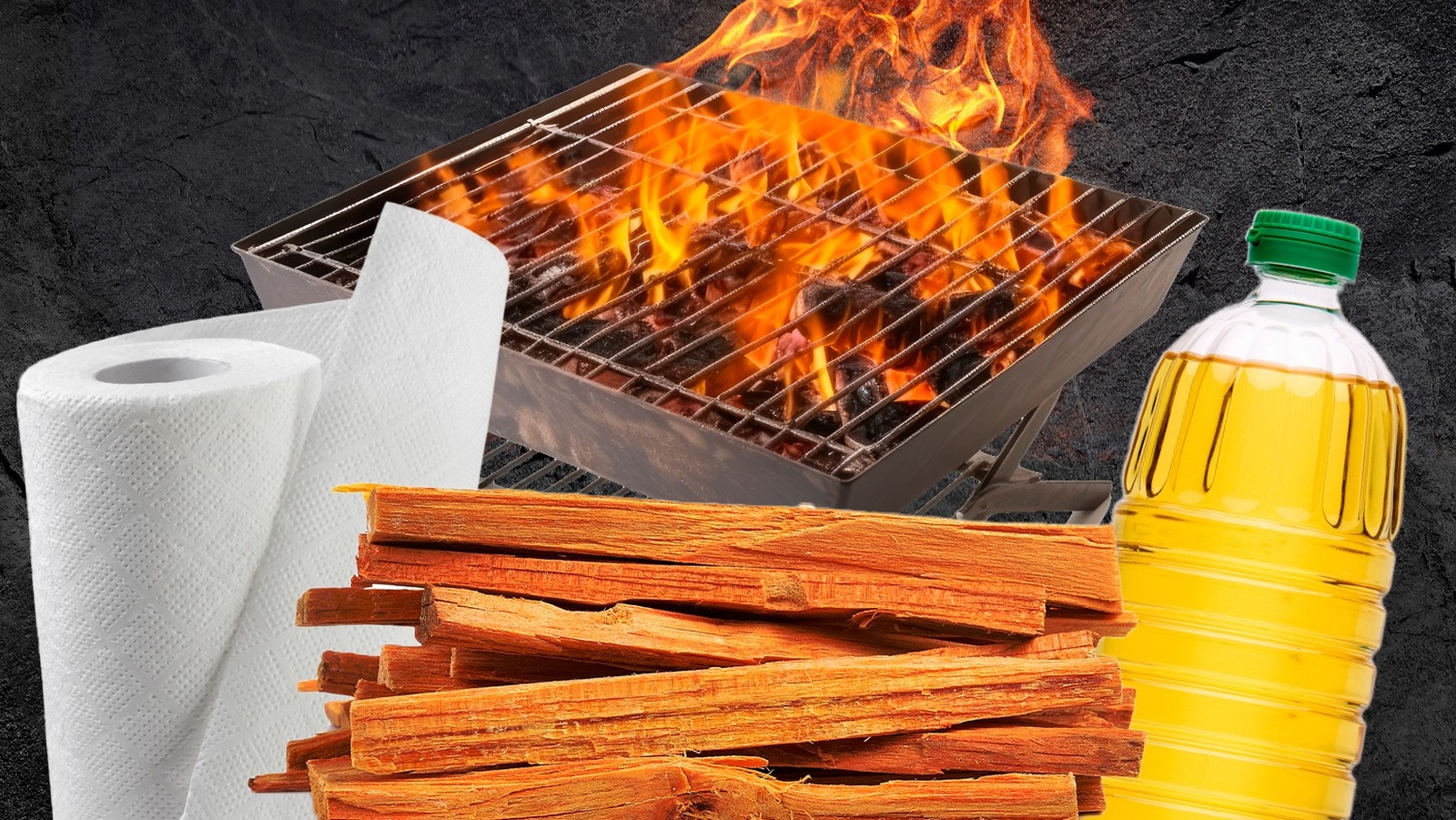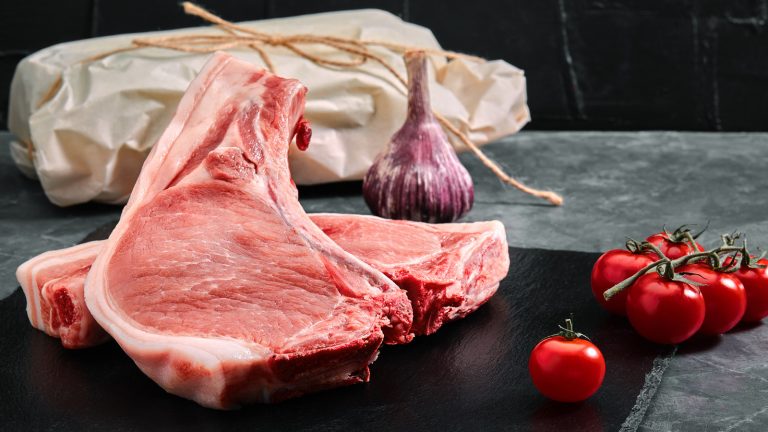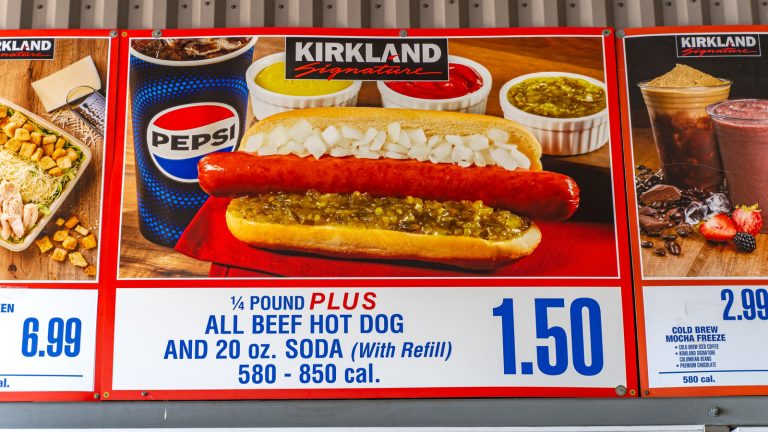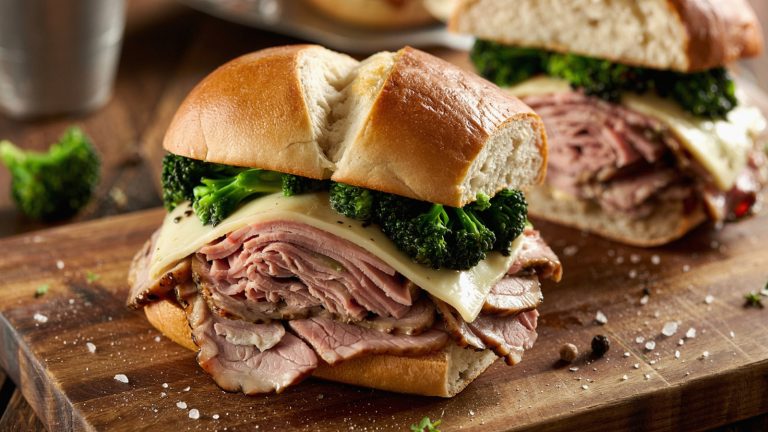Have you ever found yourself geared up for an afternoon of grilling, meat thawed, spatula at the ready, cheesy grilling apron cinched, and you’ve forgotten one crucial item? With today’s fast paced world it’s easy to let things fall through the cracks, but sometimes one little item can make or break the day. Lighter fluid is essential for grilling with a charcoal grill … or so we thought. Luckily for you and that bottle of lighter fluid you left at your sister’s house last fourth of July, there are plenty of tips for lighting your grill without lighter fluid. Yes, you may have to get a little creative, but using a match or lighter along with some household items you can have you well on your way to some sizzling backyard barbecue fun.
When creating this list of tips, we were sure to suggest items that you can easily get your hands on. If you’re unable to go out and buy more lighter fluid, then it’s unlikely that you can grab a speciality firestarter for the grill. Rummage through your house, garage, or even backyard to find items to start your charcoal grill fire. You know that certain foods just cook better on a charcoal grill, and aren’t willing to compromise flavor. At some point in your life, likely your childhood, you’ve likely experimented with starting campfires or bonfires. Channel that childhood creativity, roll up your sleeves, and let’s crank up the heat.
Safety first
Okay, before we start lighting matches it’s important to take note of some safety tips so that you don’t end up cooking more than your marinated lamb chops. Fire can be dangerous when it gets out of control, and especially when paired with something to enhance fire or help it continuously burn. With that being our main goals in fire starting, it’s important to use these techniques with confidence, and fire safety in mind. Always keep an extinguisher or fire blanket on hand, even when grilling outdoors. If you’re lighting your grill in an area with dry brush, grass, or woods, it’s important to keep your fire contained and put it out fully when you are done cooking. Place your grill at least eight feet away from trees or brush to prevent any unwanted ignition.
Keep your distance when catching flammable items on fire, avoid loose fitting clothing, and keep children and those without the ability to move quickly at a safe distance. These tips may seem extreme, but a successful grill fire is in control, and safe. You cannot enjoy a barbecue, or even your the end products if there is fear in the air. Speaking of air, be sure you are in a well ventilated area before lighting a fire. Put a responsible adult in charge of starting the fire, and avoid grilling disasters by following safe protocol. Okay, now that everyone is focused, prepared, and safe we can start enjoying some flammable barbecue fun.
Note that not all fire starters are chemical free
Wood is one of the only true chemical free fire starters out there, and if the wood has been treated then even that is out of the mix. Because fire starting products, including lighter fluid, contain chemicals, it’s important to use them in a well-ventilated area and allow them to fully burn off before throwing any food into the mix. Some chemicals you’ll want to avoid entirely, even though they might be effective fire-starters. Gasoline, for instance, will certainly get things heating up quickly. However, it is unhealthy to inhale and will leave a toxic and horrible flavor on your food and smell in the air.
Some cardboard contains chemicals, dyes, and glues that can be toxic to inhale. Lint, which makes an incredible fire starter, often contains microplastics. It’s essential to let these items burn off once your fire is going without directly inhaling the smoke. Keep your food at a distance until those coals are red hot, and your toilet paper cardboard tubes are long gone. All that should remain are those red-hot glowing coals, and possibly some smoking chips that will help infuse your food items with a subtly smoky flavor.
Be sure you’re working with dry charcoal
If it’s been a damp week and you’re using coals that have been sitting at the bottom of your grill, you may be up for an extra challenge. It’s much easier to start a fire with dried-out coals, wood, paper, and really anything flammable, for that matter. Although this tip might seem obvious, it’s one that will make your job much easier if you consider it. So, if you’re deciding between using the slightly damp coals that are already in your grill or breaking out a fresh bag from the garage, you know what you have to do.
If you were working with lighter fluid, this would be less of an issue. It would still take longer to start, but the burn would steam away much of the water, and you would eventually get a red-hot fire rolling. Depending on the type of charcoal you are working with, you’ll get a different kind of burn, and the lighting will vary in difficulty. Briquettes are the easiest to light, and just happen to be most affordable and accessible. So, if you’re trying to light your grill without lighter fluid and have a choice of coals, veer towards bone-dry briquettes.
Push those coals aside
If you’ve ever built a campfire, then you know that it’s pointless to start your fire on top of the pile of logs. Even if your little starter fire is rolling, it will be fruitless unless it catches the rest of your wood on fire as well. The best way to catch something on fire is to hold a flame underneath it. So, by that logic, you need to start your fire below the wood, or in this case, the coals. The best way to do this is by making a little divot in the center of your coals by pushing them aside and starting your fire at the bottom of the grill. That way, you can establish your fire and then nudge the coals on top of it to promote the spread of the flame.
The key here is not to smother the fire once it’s established. It’s easy to want to speed along the process by dumping a pile of coal directly on the flame, but in this case, patience is a virtue. Don’t crowd the fire, but slowly start introducing coals until they are red hot. The more red-hot coals and established flame, the more new coals you can add. Fire naturally wants to spread, but it will smother and burn out if the coals aren’t getting enough oxygen. Keep that air circulating, tend to your fire, and eventually you’ll find yourself with a perfect fiery bed of coals to work with.
Go through your recycling bin
Fire starters don’t have to be expensive. You can make them with items found around your house, and a tried and true method of fire starting is to just use scraps of paper products that would otherwise be recycled or thrown away. Instead you can reuse your paper products at home before the recycling truck even arrives. The key here is to avoid burning anything toxic, to avoid inhaling chemicals, and to avoid affecting the smell and flavor of your smoke.
Start by grabbing any scraps of paper you may have lying around. Next, go for cardboard products. Try to avoid any that are heavily printed or have a plastic coating. Remove any tape from the cardboard before bringing it to your grill. Paper towels, toilet paper, and cardboard tubes are a must, and those textured cardboard inserts used in place of bubble wrap are great for ventilation.
If you’re like us and perhaps don’t always remember to bring your sustainable and reusable grocery bags to the store, then you may have a buildup of paper grocery bags. Grab those and let’s get going. Instead of folding the paper products, try crumpling them for maximum air flow. You may need to cut or break down your cardboard into smaller strips to fit them in the grill. Make yourself a nice little pile in the center of the coals where you’ve dug down to the bottom of the grill. Start your fire, and add more paper recycling as needed until your coals begin to catch. Add coals on top slowly, and let those coals get fiery hot.
Save toilet paper cardboard tubes
If you’re the kind of person who thinks ahead, you can prep yourself some toilet paper, cardboard tube fire starters, and store them in a dry place. But even if you’re trying to start your grill fire on the fly, saddle up for one of the best DIY firestarters out there. It’s effective, a great way to recycle household waste, and will certainly get those flames bursting. All you need are two objects, a toilet paper cardboard tube or a paper towel cardboard tube, and lint from your lint catcher in your clothing dryer.
Stuff the lint from your dryer into the cardboard tube, bury it under some coal in your grill, and light it on fire. Step back and watch it burn. Do take note that much of the lint these days is made from plastic fibers, so it’s important not to directly inhale your firestarter and let it burn off fully until you start to work at your grill. Because of this, we wouldn’t necessarily recommend doing it every time, and advise taking precautions to not inhale the smoke until the firestarter is long gone. However, if you wear clothes with mostly natural fibers like cotton and wool, then burn away! In place of a paper towel or toilet paper cardboard tube, you can also use an empty egg carton to help start your grill. Both provide enough texture for air to zip through, keeping the flame alive and thriving.
Forage for small twigs and sticks
Time to crank back the time machine and go old school. If you were lost in the forest and needed to get a fire rolling, you’d likely start foraging along the forest floor for dead twigs, branches, and dry leaves. This might not be ideal, but since you’re short lighter fluid you’ll have to head for the woods cowboy, or even under the one tree in your backyard if you live in a more urban setting. Heck, I don’t think your neighbor would mind if you grabbed some dead branches and leaves from their yard either. Just be sure to use dead and dry wood, that isn’t rotten or damp.
Make yourself a little Lincoln Log hut, or a tipi shaped hut in the center of your grill with coal surrounding it. Start with the leaves, then move onto the smaller twigs. Work your way up to larger sticks. The branches and sticks should be encasing the dry dead leaves. Light the leaves, let them ignite the twigs, which will slowly move onto the branches. Continue adding larger branches as the fire picks up, then eventually start introducing coals. Keep in mind that different wood will have different scents. However, most of the wood will be burnt off by the time you add your food, so it’s not quite like adding wood chips to smoke meat, but will fill your backyard with a certain aroma. Congratulations, you’re just about ready for your scout badge!
Sweep up wood shavings
If you or anyone else in your household are particularly handy, then it’s likely you have some wood shavings lying around. Perhaps in the garage or workshop there is a big pile that you’ve been meaning to deal with but just haven’t gotten around to hitting with the shop vac or broom. Good thing, because wood shavings are better than kindling when it comes to starting fires. If you’ve re-downloaded Taskrabbit 100 times, then you’re welcome to move along to the next tip.
Sweep or suck up those shavings. If you’re using a shop vac just be sure that it’s fully empty before use. If your shavings are all mixed up with plastic shreds, nails, have soaked up any kind of oil or chemicals, or you’re just not 100% sure what’s living amongst the shavings then it’s best to avoid burning them. If you know you’re dealing with untreated wood, then let’s get rolling.
Make a nice pile of wood shavings, light them on fire, and keep adding more. Once the fire is established, start to pile your coals on top. Add more shavings as you go until the coals are fiery hot and have fully caught fire themselves. It’s not a bad idea to sprinkle your wood shavings through the coal to keep a steady flame going. If you have any other larger wood scraps, feel free to use them as well once the shavings and chips have caught fire.
Mix paper towels and cooking oil or bacon grease
You don’t need to answer out loud, but have you ever started a grease fire in your kitchen? Perhaps you were cooking some extra fatty bacon or chicken wings on the stovetop or the grill, and things got out of hand. Hey, we are not here to judge. In fact, grease is a great way to get a fire started and going strong. If you’re the kind of person who stores your bacon fat or cooking oil instead of tossing it, then you’re in luck.
Drizzle a small amount of oil or fat over your coals. Then, twist up some paper or paper towels, douse them in grease or oil, light them, and use them to get those coals going. Ideally, the coals that have some grease on them will ignite when you make your first twisted paper towel grease lighter, but it may take a few tries as paper towel burns rapidly. Grease will extend the burn time, but it takes the coals some time to ignite. Stay persistent, and don’t drown the coals in oil or grease; a smattering should do the trick, which means you might have to melt or heat it first to get a good drizzle.
Grease fires are scary because they are so persistent. Going slow, this will make a fantastic substitute while you’re out of lighter fluid. Most of the fat should cook off by the time you start grilling, but that amazing aroma of bacon grease will fill your backyard with mouthwatering scents, preparing your palate for what’s to come.
Use fatwood
For those of you with wood-burning stoves or fireplaces in your home, you may have some supplies on hand that can help you light your grill fire without lighter fluid. As we know, fat and oil are wonderful at keeping a fire sustained, so it’s only natural that something called “fatwood” could help us in the fire starter department.
Fatwood is dried pine cut into kindling, saturated with resin. It’s quick to ignite, and the burn lasts much longer than a standard dried-out piece of firewood. Grab some fatwood, ignite it, surround it with coals, and let the fire spread. If you don’t have any fatwood on hand, feel free to make your own if you have the right supplies. All you will need is dry, untreated wood. Pine is preferable because it’s not terribly dense and is usually less expensive. For oil, you can use leftover cooking oil or fresh cooking oil. Bacon or animal fat also works. Soak the wood in the grease, let it absorb, and light it. This will have a much longer burn than a simple crumpled paper or paper towel soaked in grease, and is preferable for starting your grill fire.
Always take precautions when working with flammable ingredients like cooking oil, and take a step back from the fire when it’s about to catch. After all, we think you look great with eyebrows, no need to lose them just for some tasty spare ribs or cauliflower steaks.





